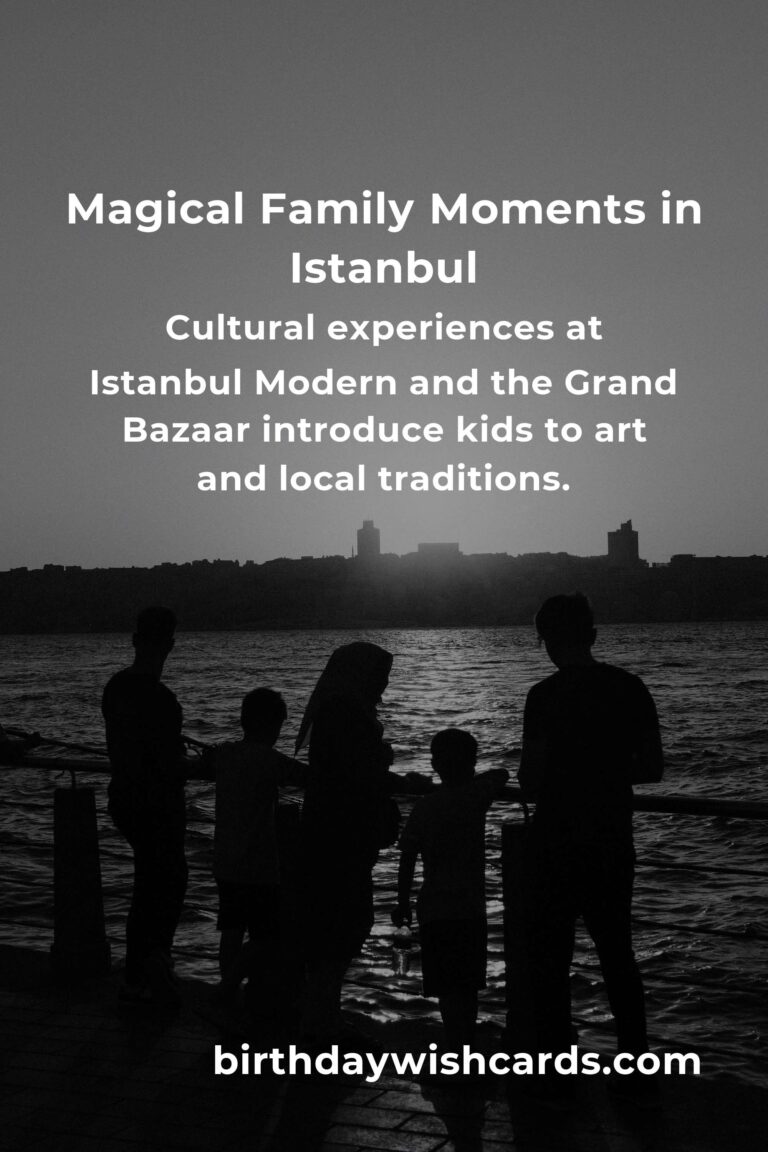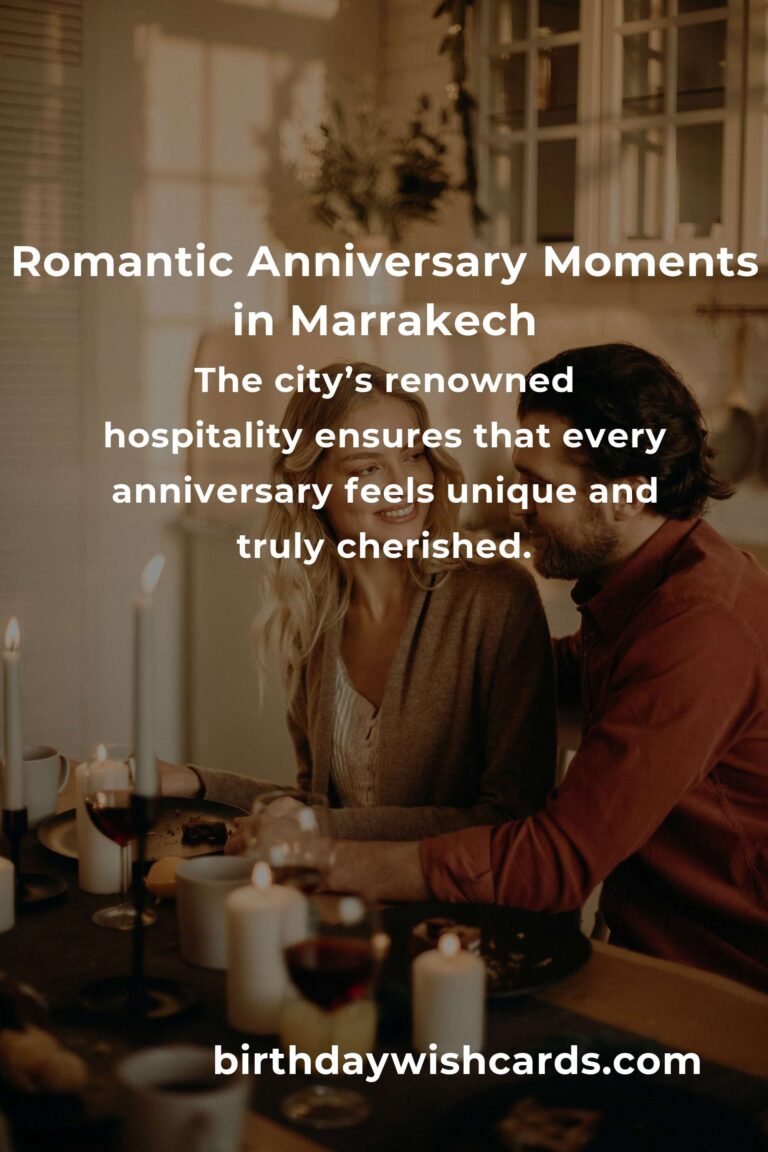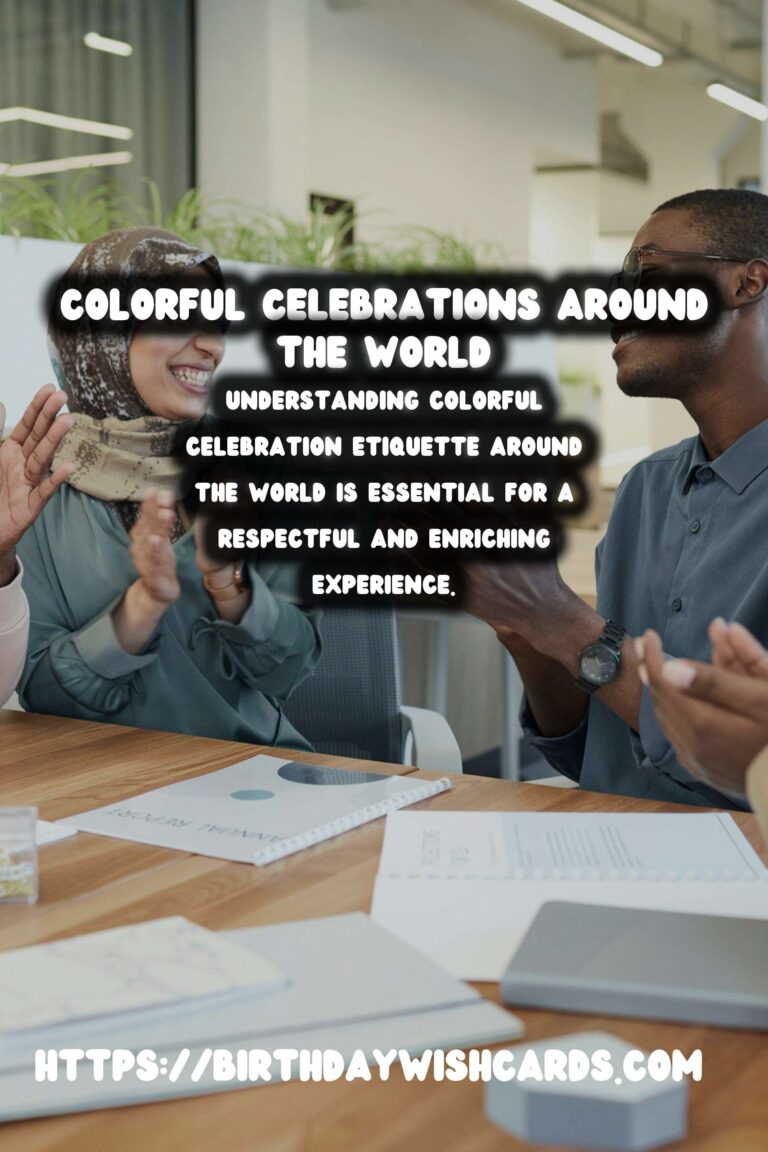
Celebrations are an expression of joy and unity, transcending cultures and borders. From vibrant festivals to solemn ceremonies, understanding the etiquette behind these events enriches our experience and deepens our appreciation. In this article, we explore the colorful celebrations around the globe, highlighting the etiquettes that families can follow to foster respect and understanding.
1. Diwali: The Festival of Lights (India)
Diwali, also known as the Festival of Lights, is one of the most celebrated festivals in India. This occasion signifies the victory of light over darkness and good over evil. Families come together, lighting diyas (oil lamps) and decorating their homes with colorful rangolis.
Etiquette Tips: 1. Dress Modestly: Wear traditional Indian attire to respect cultural significance. 2. Offer Sweets: When visiting homes, it’s customary to bring sweets as a gesture of goodwill. 3. Be Mindful of Fireworks: While fireworks are a highlight, be considerate of animals and the environment.
2. Thanksgiving: A Time for Gratitude (United States)
Thanksgiving is a cherished holiday in the United States, focused on giving thanks for the harvest and blessings of the past year. Families gather around the dinner table to share a meal that often includes turkey, stuffing, and pumpkin pie.
Etiquette Tips: 1. Bring a Dish: If invited, contribute a dish to share, reflecting your culinary traditions. 2. Express Gratitude: Make a point to thank your host for their hospitality. 3. Share Stories: Engage in sharing stories; it adds warmth to the celebration.
3. Chinese New Year: Welcoming New Beginnings
Chinese New Year, also known as Lunar New Year, is celebrated by millions worldwide. The festival lasts several days and includes family reunions and various cultural activities.
Etiquette Tips: 1. Dress in Red: Red symbolizes good luck, so wear red clothing or accessories. 2. Offer Good Wishes: When greeting others, use phrases like “Gong Xi Fa Cai” which means wishing you prosperity. 3. Avoid Unlucky Words: Stay clear of words associated with bad luck, such as “death” or “sickness.”
4. Holi: The Festival of Colors (India)
Holi, also known as the Festival of Colors, is a lively Hindu spring festival celebrated mainly in India and Nepal. The day is marked by throwing colored powders and water at each other, reflecting joy and the arrival of spring.
Etiquette Tips: 1. Participate Respectfully: Join in the festivities, but remember to be respectful of others’ personal space. 2. Use Safe Colors: Opt for organic colors that are safe for the skin to avoid allergies. 3. Celebrate Spiritually: Take some time to understand the cultural significance behind the festival.
5. Carnival: A Global Extravaganza
Carnival is celebrated in various forms around the world, from Rio de Janeiro to Venice. This vibrant festival marks the beginning of Lent and is characterized by parades, music, and costumes.
Etiquette Tips: 1. Costumes Matter: Embrace the spirit of Carnival by dressing in bright, colorful outfits. 2. Respect Public Space: Keep the environment clean and be considerate of shared spaces during festivities. 3. Participate Respectfully: Join in the celebrations but respect local customs and traditions.
6. Eid al-Fitr: Breaking the Fast (Islamic Communities)
Eid al-Fitr marks the end of Ramadan, a month of fasting and reflection. This important religious holiday is celebrated with communal prayers, feasting, and giving thanks.
Etiquette Tips: 1. Dress Modestly: Wear your best clothes to honor the significance of the occasion. 2. Share Generously: It is customary to give Zakat, a form of charity, during Eid. 3. Greet with Kindness: Use traditional greetings like “Eid Mubarak” to convey your wishes.
7. Thanksgiving (Canada): A Long-Standing Tradition
Canadian Thanksgiving takes place in October and is a time for families to gather and reflect on their blessings. Traditionally, it revolves around harvest and includes a festive meal.
Etiquette Tips: 1. Offer to Help: Volunteering to help the host can ease preparations and show appreciation. 2. Share What You’re Thankful For: Take turns sharing what each person is grateful for, fostering connection. 3. Respect Dietary Restrictions: Be mindful and offer options for guests with dietary needs.
8. La Tomatina: A Fun-Filled Tomato Fight (Spain)
La Tomatina is a unique festival in Buñol, Spain, where participants engage in a massive tomato fight. This event, held on the last Wednesday of August, embodies pure fun and playfulness.
Etiquette Tips: 1. Wear Old Clothes: Prepare to get messy, so wear attire you don’t mind ruining. 2. Respect Boundaries: Be mindful of others during the tomato throwing. 3. Clean Up: Participate in post-event cleanup to respect the local community.
9. Midsummer: Celebrating the Summer Solstice (Sweden)
Swedish Midsummer is a joyous occasion marked by traditional songs, dancing, and floral wreaths. This celebration is deeply rooted in Swedish culture and honors the arrival of summer.
Etiquette Tips: 1. Participate in Traditional Dances: Join the circling around the maypole with joyful participation. 2. Enjoy the Food: Midsummer feasts often include herring, new potatoes, and strawberries. 3. Respect Nature: Appreciate and leave nature as you found it during celebrations.
10. Oktoberfest: A Celebration of Bavarian Culture (Germany)
Oktoberfest is the world’s largest beer festival held annually in Munich, Germany. It attracts millions of visitors who come together to enjoy Bavarian food, music, and of course, beer.
Etiquette Tips: 1. Embrace Bavarian Attire: Wearing traditional clothing like lederhosen or dirndls adds to the festive spirit. 2. Be Courteous: Respect the seating arrangements and the rules of the beer tents. 3. Drink Responsibly: Enjoy the festivities but know your limits.
Conclusion
Understanding colorful celebration etiquette around the world is essential for a respectful and enriching experience. Each celebration offers an opportunity for families to bond and learn from diverse cultures. As we celebrate together, let us honor the traditions and customs that make each event unique, promoting appreciation and joy across the globe.
Celebrations are an expression of joy and unity, transcending cultures and borders. From vibrant festivals to solemn ceremonies, understanding the etiquette behind these events enriches our experience and deepens our appreciation. In this article, we explore the colorful celebrations around the globe, highlighting the etiquettes that families can follow to foster respect and understanding. Diwali, also known as the Festival of Lights, is one of the most celebrated festivals in India. This occasion signifies the victory of light over darkness and good over evil. Holi, also known as the Festival of Colors, is a lively Hindu spring festival celebrated mainly in India and Nepal. Eid al-Fitr marks the end of Ramadan, a month of fasting and reflection. Understanding colorful celebration etiquette around the world is essential for a respectful and enriching experience. 
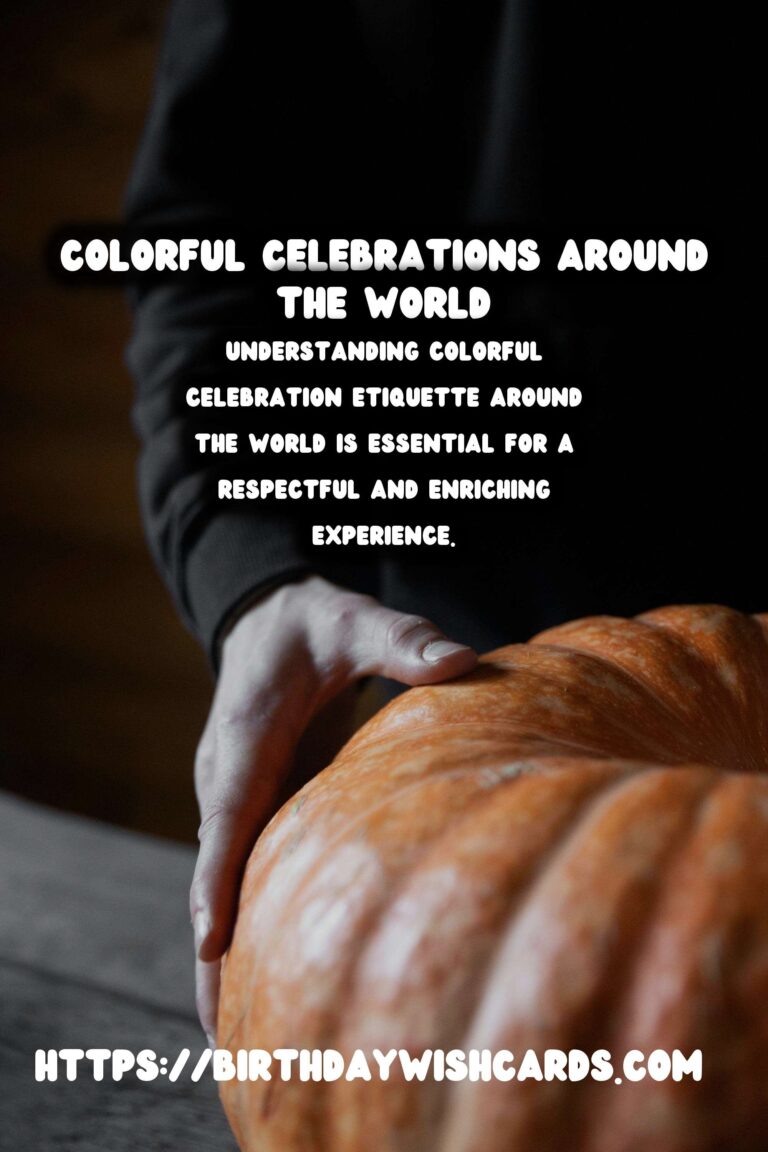

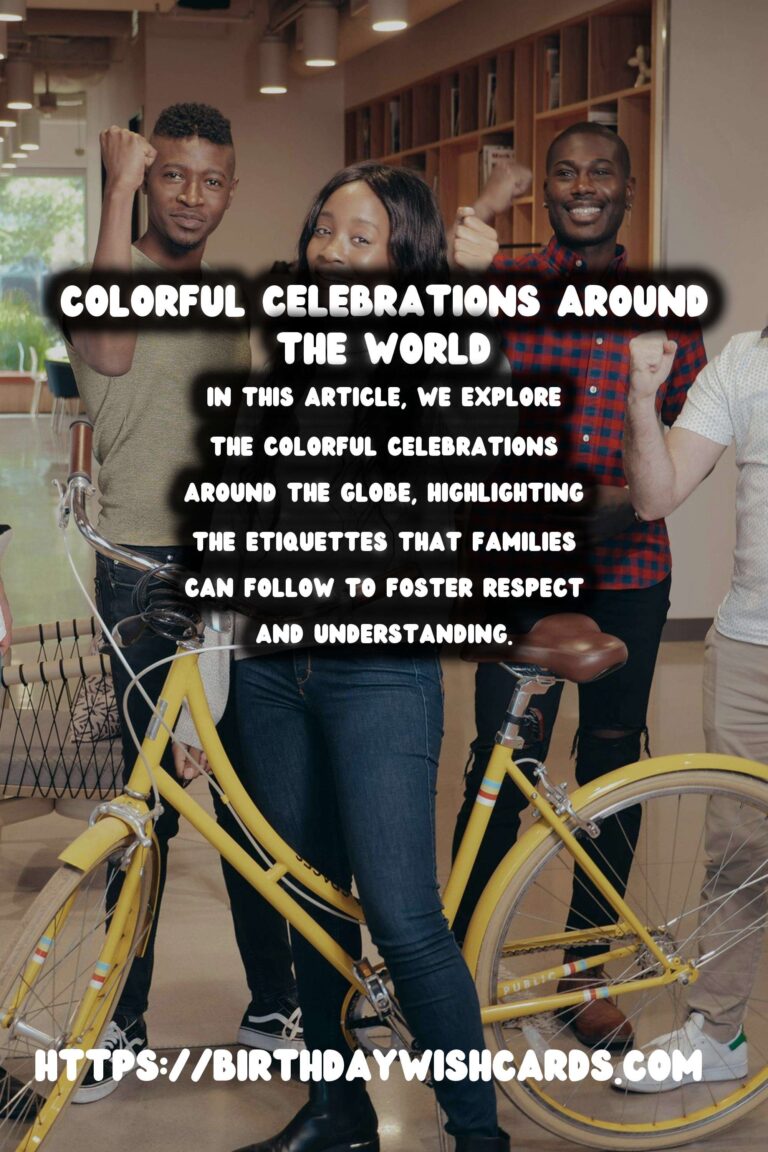
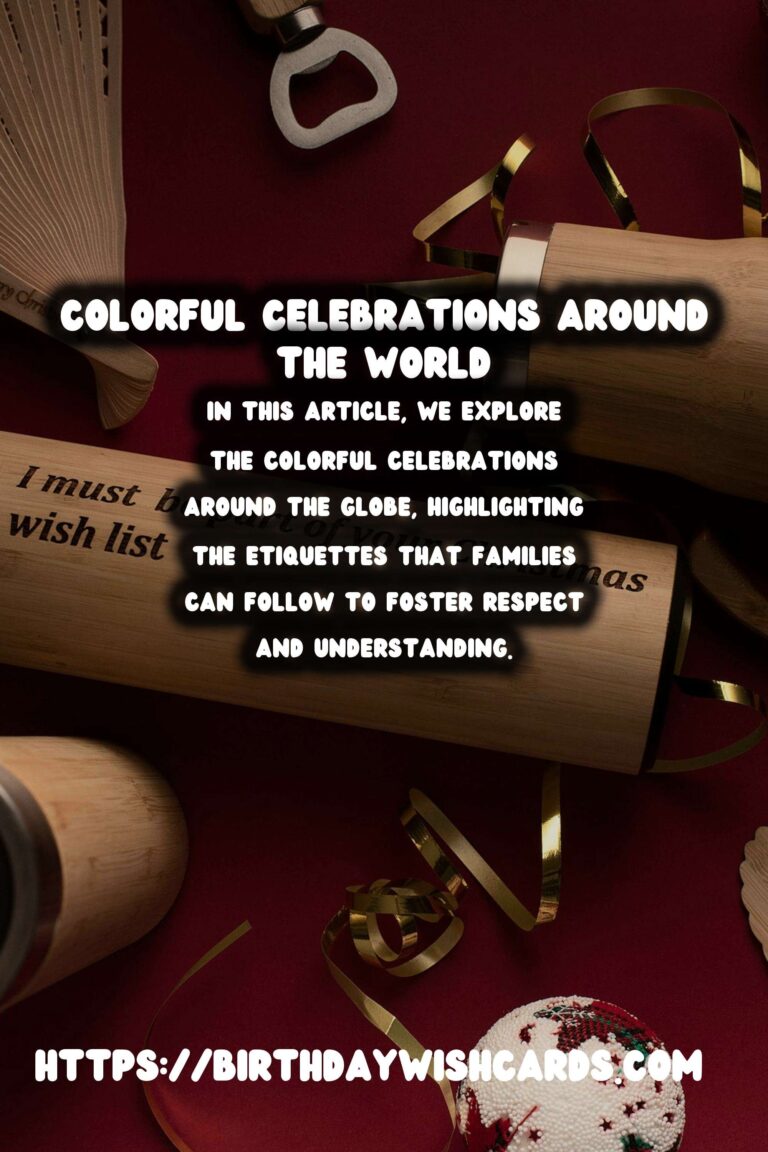

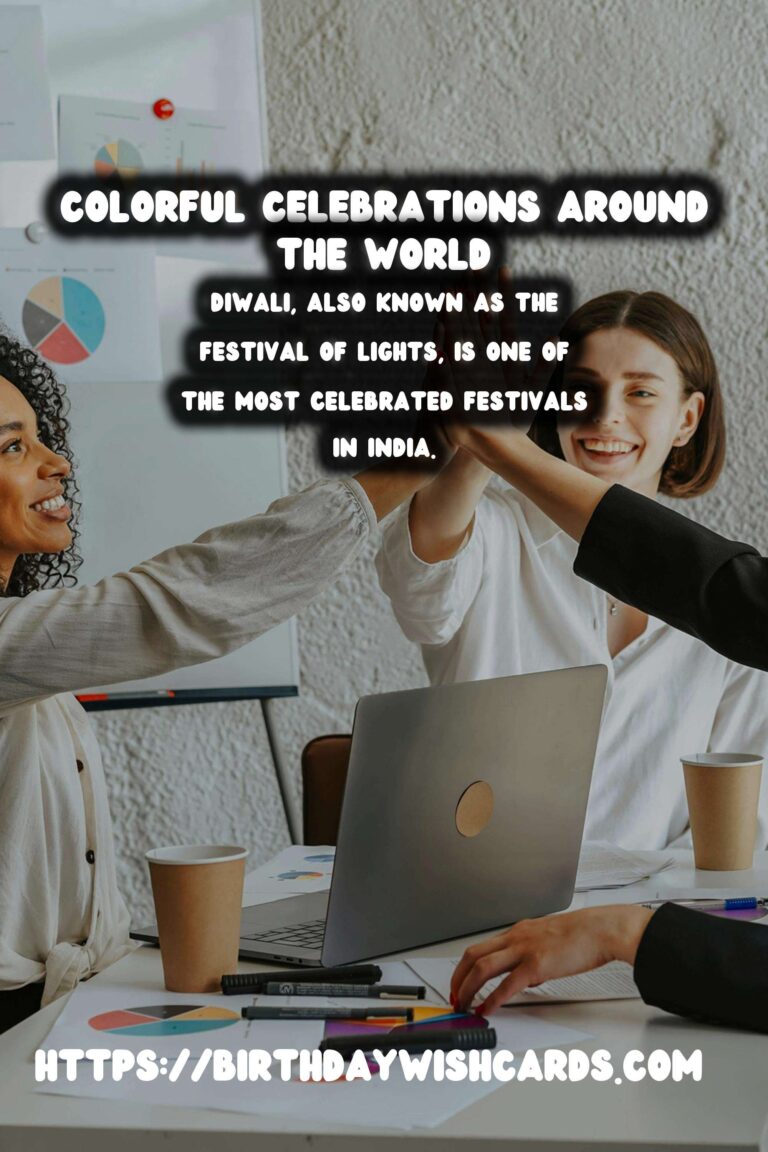
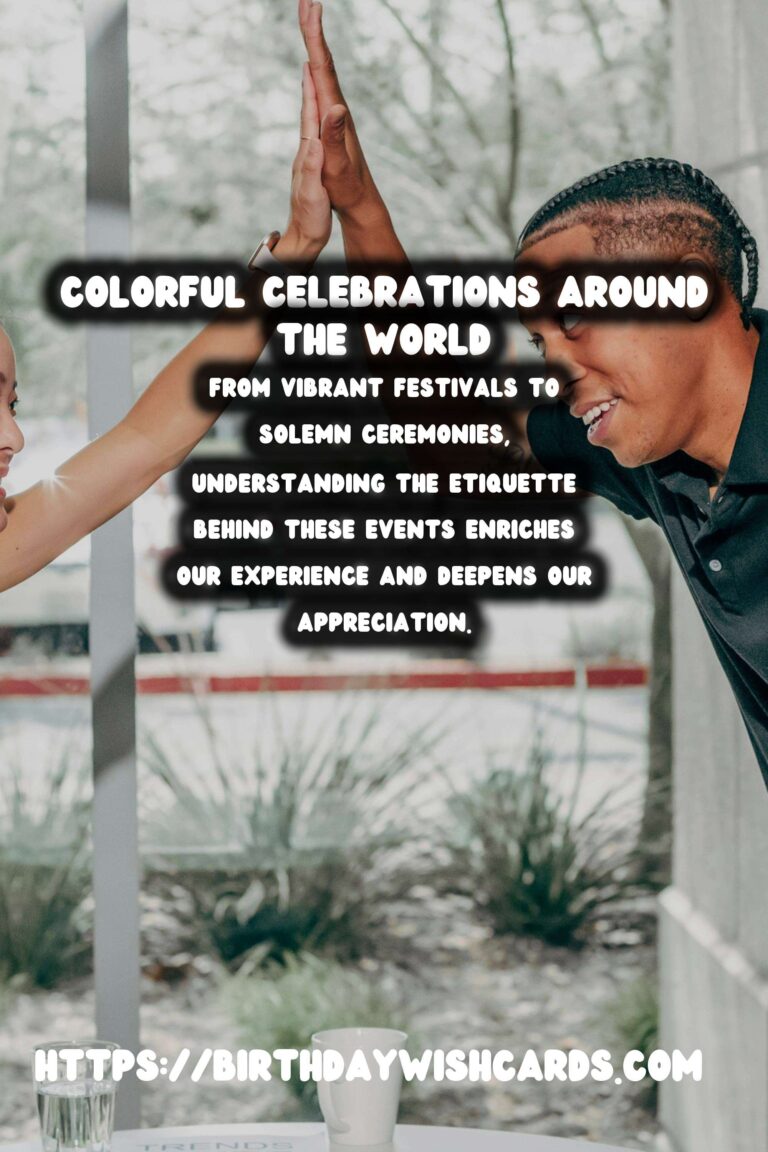

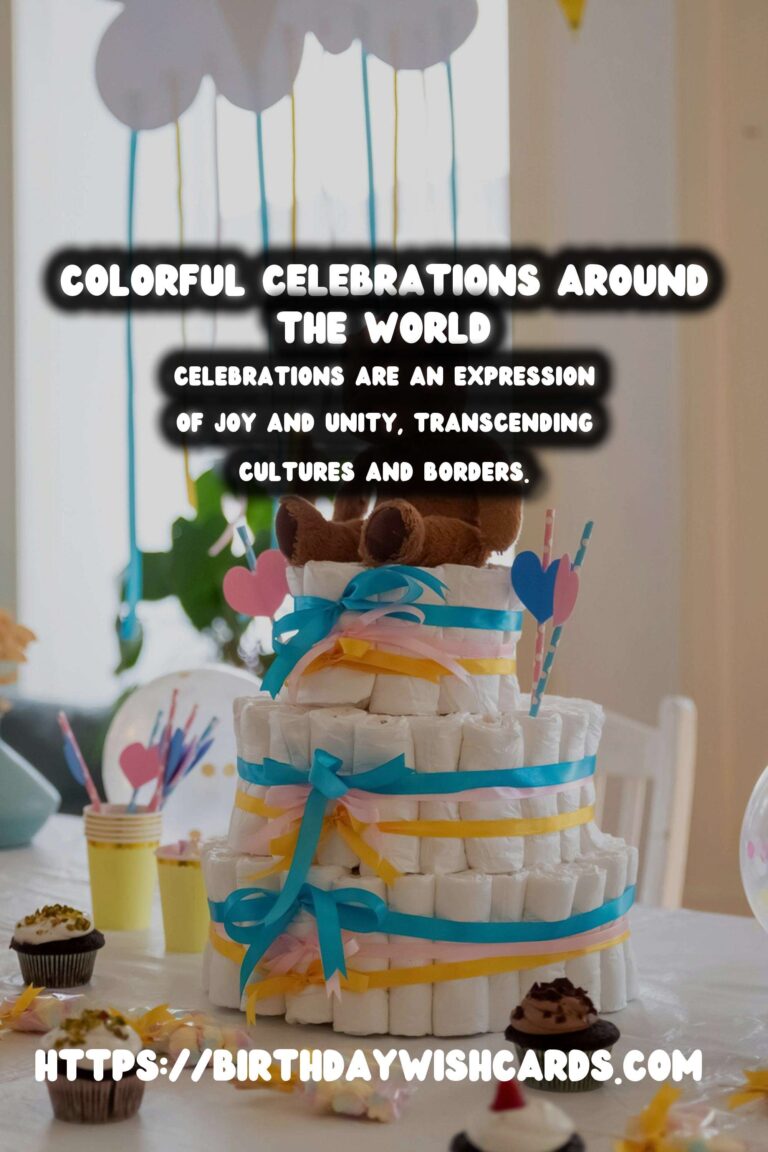
#CelebrationEtiquette #CulturalFestivals #FamilyCulture


